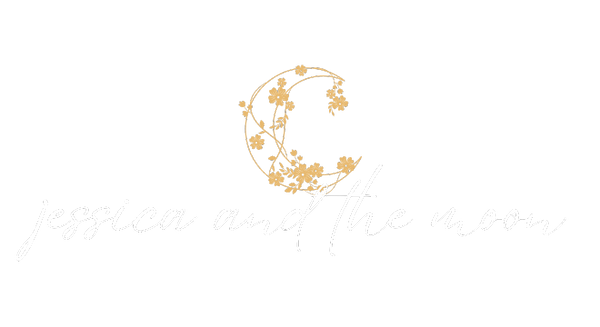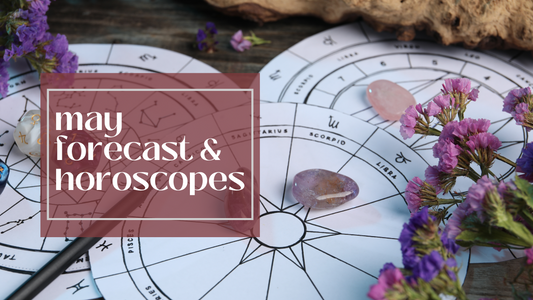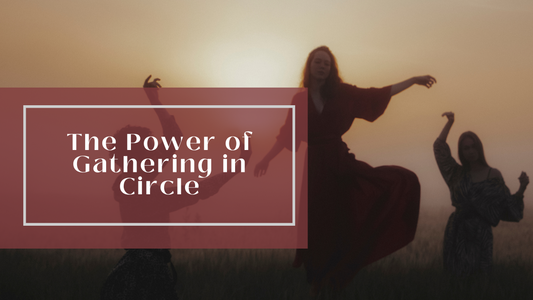
Astrological Aspects: Timing, Time Zones, and Practical Applications
Aktie
Astrology is an unparalleled tool for understanding the energies unfolding in our lives and in the world. Whether you’re in the UK like me, the US, Australia, or anywhere else, the astrological aspects (like those I share in Moonday Magic Mail) are happening for all of us at the same moment.
These planetary alignments reflect the energetic patterns surrounding us—not influencing us, but mirroring what is unfolding, personally and collectively. For those of us who are witches (or, insert less controversial terms for someone who intentionally works with natural powers), astrology is a practical tool to help us work with these energies consciously. By paying attention to these reflections, we can take a reading of the energetic tides and make empowered choices about how we engage with them.

Why Time Zones Can Make Timing Seem Tricky
Although I don’t usually include exact times in Moonday Magic Mail, rest assured that the astrological aspects I mention are happening simultaneously for everyone, no matter where you’re located. The only thing that changes is the time on the clock due to our human-made time zones. So when an aspect like a Venus-Mars conjunction occurs, it’s reflecting the same energy for all of us. Whether it’s noon in London, early morning in New York, or late evening in Sydney, the essence of the aspect remains the same. Sometimes the dates will be slightly different too. Often, those in the Southern Hemisphere are a day ahead (not really ahead of course, again only according to our human time and date conventions) and sometimes in the UK we will be a day ahead of folk in the US.
If you’re someone who likes to track exact times for the astrological happenings, it can be helpful to use tools that automatically convert these times for your location. Apps like Time Nomad, Astro.com, or Astro-Seek’s online charts are great resources for this. You can also find astrology diaries or almanacs specific to your time zone to help you stay aligned with the cosmic flow. These tools are especially helpful if you want to dig deeper into the precise timing of aspects in your local area. I've reviewed several options for these over the years.
How Long Are Aspects “In Play”?
As I’ve mentioned, I don’t focus on the exact time an aspect becomes precise because it’s not just about that moment—it’s about the overall flow of energy. Aspects aren’t over and done with in the blink of an eye. Instead, they build and fade, and depending on the planets involved, they can linger for varying amounts of time.
• Outer Planets: These slower-moving planets (like Pluto, Neptune, and Uranus) reflect longer-term shifts that unfold over many months. When I mention an aspect involving these giants, it’s often the peak of something that’s been influencing us for a while and will continue to do so.
• Faster Planets: Planets like Mercury, Venus, or the Moon move more quickly, so their aspects tend to reflect shorter-lived energy. A lunar aspect, for example, might only be felt for a few hours, but it’s no less significant.

Orbs: How Much Space Do Aspects Need?
In astrology, we often talk about “orbs,” which are the degrees around an exact aspect where we can still feel its influence. Think of the exact aspect as the peak of a wave, but the energy is building up before and gradually fading afterward. The size of the orb varies depending on the planets involved and the type of aspect, and not all astrologers agree on how wide these orbs should be.
• Major Aspects (conjunctions, oppositions, trines, and squares) generally have wider orbs and longer-lasting reflections in our lives.
• Minor Aspects (like sextiles and semi-squares) can be subtler and have shorter orbs, but they still offer valuable insights if you’re tuned in.

My Practical Approach to Astrology
One thing that sets my work apart is that I don’t treat astrology as a passive, fatalistic experience. I see it as a practical tool—a way to check the “temperature” of the energies at play and decide how to work with them. We are witches, after all, and astrology is part of how we consciously weave with the universe.
This practical approach is one of the reasons my followers appreciate my work. I encourage you to use astrology as a guide to help you consciously align with the energies of each aspect—whether that’s harnessing the intensity of a Mars aspect to push forward on a project or using a Venus aspect to reflect on relationships. By observing these patterns in the sky, you can make empowered decisions in your daily life.
You can also use your natal chart in conjunction with the current energetics to get even more juice out of this practical approach. I teach this in my astrology foundations course.
Ready to Dive Deeper?
If you’re ready to go beyond the basics and start living intentionally with the energetic currents in which we live, I invite you to sign up for Moonday Magic Mail. Each week, I share astrological insights and reflections to help you work with the unfolding energies in a conscious, grounded way. Whether you’re new to astrology or a seasoned practitioner, my aim is to help you make practical use of this ancient art.




